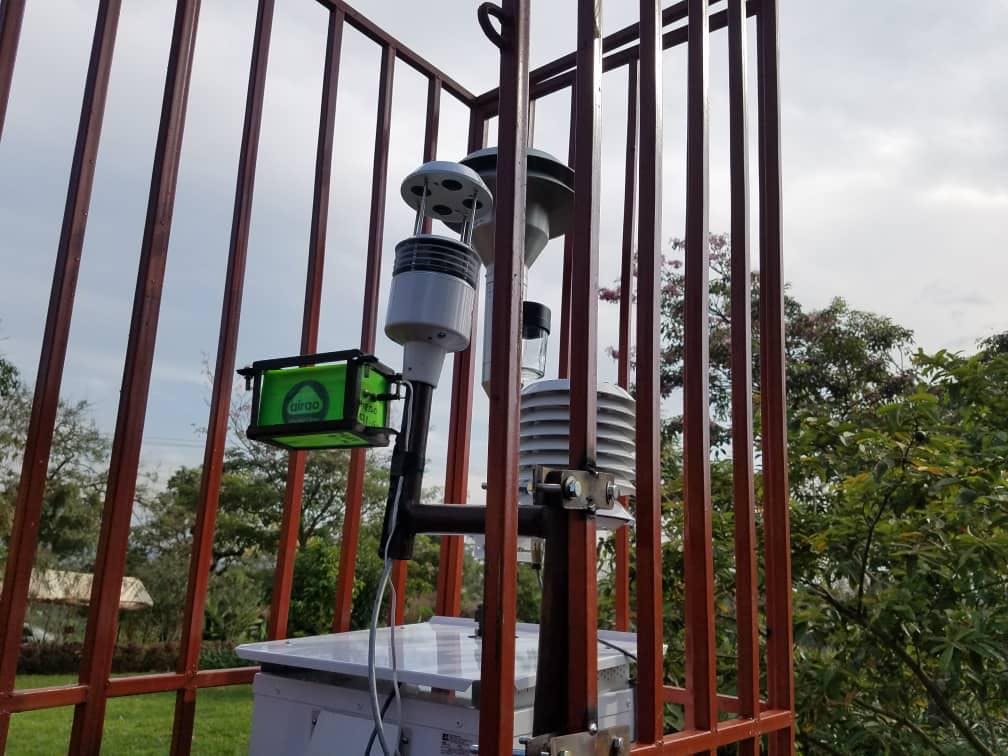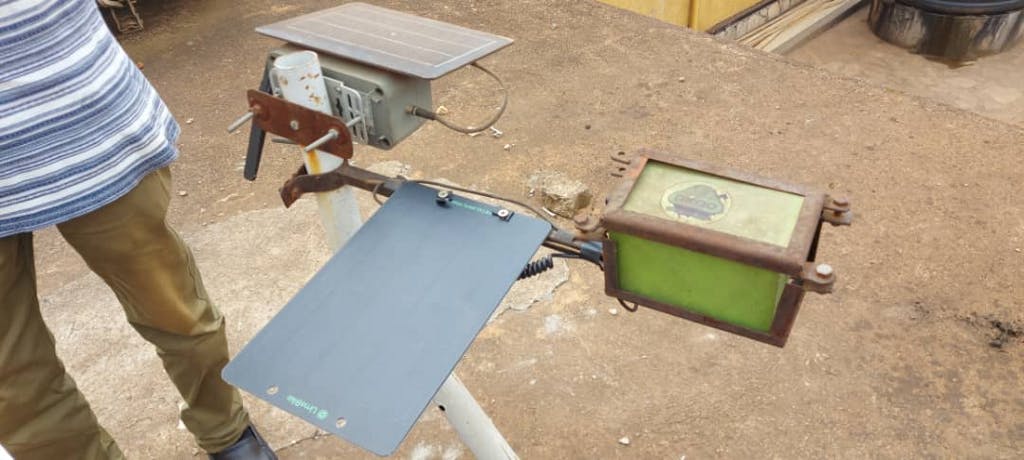Addressing air quality data gaps: a hardware perspective to sustainable air quality networks
Air pollution is responsible for millions of respiratory-related illnesses and deaths globally. Most countries in the global north have developed high-quality air quality monitoring infrastructures to collect data used to inform policies. With the global north enjoying the perks of stable systems, obtaining high-quality data on the status of air is no longer a challenge. Even though hardware and communication failures are nearly impossible to avoid, the networks remain sustainable with minimal data gaps and lower network uptime reports.
Regardless of the air quality monitoring success in developed nations, many countries have inadequate or lack ambient air quality monitoring infrastructure and consequently lack the data required to inform research and address the increasing impacts of air pollution on health. Cost implications of high-end monitoring infrastructure and the complexity of managing large networks of low-cost monitoring devices have made it difficult for countries in the global south to acquire and adapt data-driven air quality monitoring and management strategies. As such, affordable and more convenient air quality monitoring strategies must be adopted especially in the global south to gather relevant data and utilize information from the monitoring networks to define new or refine existing policies and strategies.
One step from the global perspective leaves a lot of questions. Where does the global south stand in terms of air quality data availability to inform policies and advance scientific research? Do we have legal frameworks addressing the air pollution issues in African countries? Are these frameworks informed by high-quality scientific data and research?

In the African context, networks with a hybrid combination of reference grade monitors and low-cost air quality monitoring devices can bridge the existing data gaps in the continent. However, unique challenges in Africa present hardware and communication limitations to establishing and maintaining these networks. For instance, Africa is still grappling with regular planned and unplanned power outages due to low power generation capacities and electrical network instabilities. Besides, most African countries are prone to poor communication network coverage from existing providers and limited Wi-Fi options. These and other challenges make it extremely important to attempt to answer the question:
How can we define and approach the air quality data issue as an African problem and minimize data gaps using effective solutions in the African context?
Hardware-related data gaps
Low-cost monitors with wireless communicating nodes are prone to hardware failures emanating from design, topology, or deployment issues. Some of these failures are related to environmental constraints that affect the working conditions of electronics or the failure of the microprocessors. For instance, air quality monitors deployed in harsh environments tend to become faulty and unreliable due to sensor blockages from dust or increased humidity leading to electronics failure. Coverage problems reflecting the quality of service provided by communication networks also contribute to general network failures.
Some of the challenges of low-cost deployment such as limited processor bandwidth and memory limits will be solved with the development of fabrication techniques. However, the energy constraint, especially in Africa, is experiencing slow progress in achieving stable power systems and the development of battery capacity. Constant power outages, inefficient power systems network coverage especially in geographically remote areas, and uncontrolled power surges are some of the energy constraints that render low-cost sensor monitoring networks unreliable and incomplete datasets. These and other hardware failures pose a threat to overall network scalability, increase costs of maintenance, lower network uptime, affect data quality and make networks unsustainable.
Sustainable LCS Networks
Sustainable networks are not fault-free. Most sensor networks are bound to experience hardware failures before or after deployment. However, sustainable networks of sensors have lesser failures, especially those that can be reduced at the deployment phase. Firstly, sustainable networks utilize devices requiring low power, such that its components apply minimal power with the embedded software managing onboard processes such that power is used only when necessary. Besides, devices in a sustainable network need to efficiently harvest solar energy to cater to conditions where there is little sunlight. Finally, the energy storage capabilities of devices in a sustainable network should enable devices to operate in island mode with no data gaps when there is no sunlight for a good number of hours.

In order to make networks more resilient to power-related failures, AirQo is employing solar-powered installations to sufficiently cater to network power demands and reduce reliance on the mains power. Besides, AirQo’s introduction of the over-the-air (OTA) updates is meant to reduce the need to physically update device firmware thus minimizing maintenance-related costs and hardware failures.
Finally, AirQo is incorporating new pre-installation procedures to maximize sensor performance, reduce data gaps and increase data quality by ensuring all new deployments have a minimum of 270 degrees exposure to the free flow of air.
Are you a developer? We invite you to leverage our open-source air quality data API on your app or project. Click here to get started.

